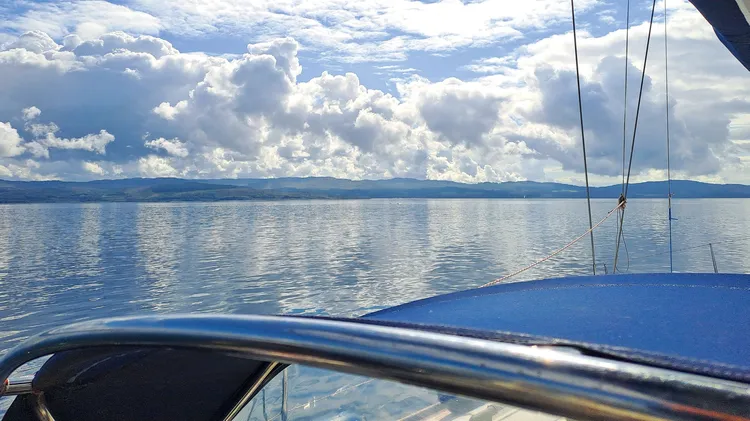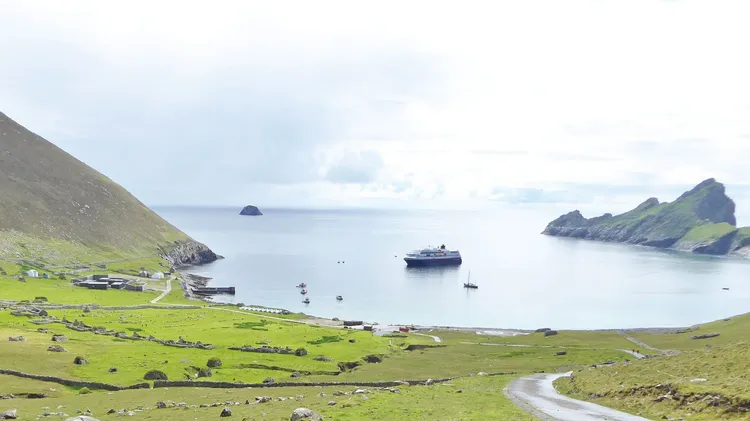Clive Loughlin plans an adventurous holiday in the Channel Island
Channel island tidal tactics
9 min read
This article is from...
Read this article and 8000+ more magazines and newspapers on Readly






